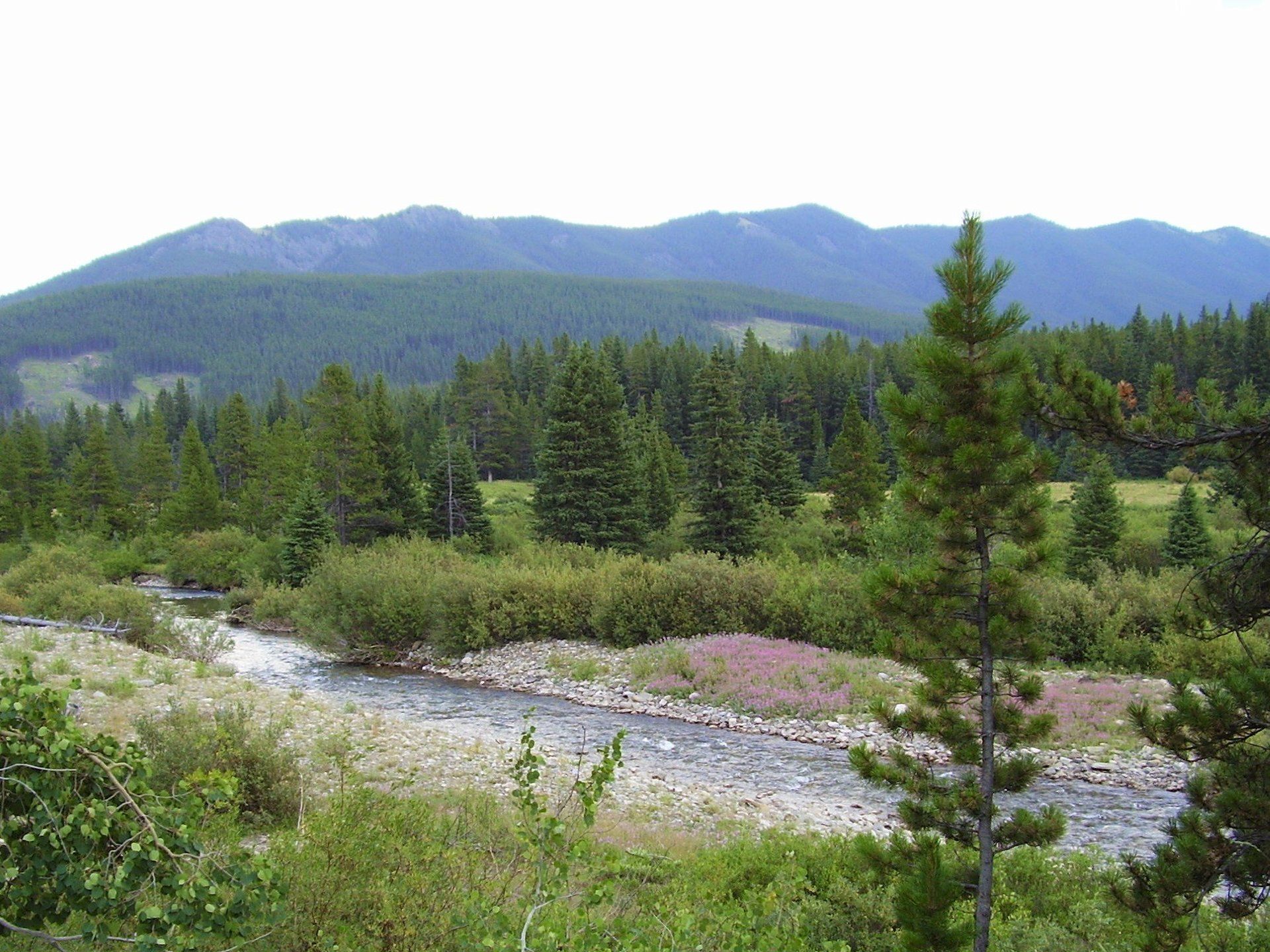
Canada

Canada is a country located in the northern part of North America. It's ten provinces and three territories extend from the Atlantic to the Pacific and northward into the Arctic Ocean, covering 9.98 million square kilometres (3.85 million square miles), making it the world's second-largest country by total area and the fourth-largest country by land area. The difference being due to Canada having the world's largest proportion of fresh water lakes. Canada has over 2,000,000 lakes (563 of which are greater than 100 square kilometres (39 square miles in area), more than any other country. As such Canada is home to much of the world's fresh water. Canada occupies much of the continent of North America, sharing land borders with the contiguous United States to the south and the U.S. state of Alaska to the northwest. Canada's border with the U.S. is the world's longest land border.
Canada is sparsely populated, the majority of its land territory being dominated by forest, tundra, prairie and the Rocky Mountains: about four-fifths of the country's population of 36 million people live near the southern border. With a population density of 3.5 people per square kilometre (9.1 per square mile), Canada is one of the most sparsely populated countries in the world. A multitude of languages are used by Canadians, with English and French (the official languages) being the first language of approximately 60% and 20% of Canadians respectively. Nearly 6.8 million Canadians list a non-official language as their first language.
Canada's culture draws influences from its broad range of constituent nationalities and policies that promote a just society are constitutionally protected. Canada has placed emphasis on equality and inclusiveness for all its people. Multiculturalism is often cited as one of Canada's significant accomplishments and a key distinguishing element of Canadian identity. In Quebec, cultural identity is strong and many commentators speak of a culture of Quebec that is distinct from English Canadian culture. However, as a whole, Canada is in theory a cultural mosaic - a collection of several regional, Indigenous and ethnic cultures.
Historically, Canada has been influenced by British, French and Indigenous cultures and traditions. Through their language, art and music, Indigenous peoples continue to influence the Canadian identity. During the 20th-century Canadians with African, Caribbean and Asian nationalities have added to the Canadian identity and its cultural mosaic.
The physical geography of Canada is widely varied. Boreal forests prevail throughout the country, ice is prominent in northerly Arctic regions and through the Rocky Mountains. The relatively flat Canadian Prairies in the southwest facilitate productive agriculture. The Great Lakes feed the St. Lawrence River (in the southeast) where lowlands host much of Canada's population.
The Canadian Rockies comprise the Canadian segment of the North American Rocky Mountains. They are the eastern part of the Canadian Cordillera, which is a system of multiple ranges of mountains running from the Canadian Prairies to the Pacific Coast. The Canadian Rockies are noted for being the source of several major river systems and also for the many rivers within the range itself. The Rockies form the divide between the Pacific drainage on the west and that of Hudson Bay and the Arctic Ocean on the east. Notable rivers originating in the Canadian Rockies include the Fraser, Columbia, North Saskatchewan, Bow and Athabasca Rivers.
Canada has multiple ecosystems, ranging from the lush forests of British Columbia, the prairies of Western Canada, to the tundra of Northern Canada. With a large land mass, and a small population density, Canada provides important habitat for many animals and is home to approximately 70,000 known species of plants and animals. Because of its large wild spaces, Canada is home to many large mammals, some of which have been extirpated in more densely populated areas, for example, large predators such as the grey wolf and the grizzly bear. Well known as Canadian are those mammals that are comfortable in the north, such as the caribou, the moose, the wolverine and the musk ox. Other prominent Canadian mammals are the Canada lynx and the North American beaver, which is a major symbol of Canada.
Three of Canada's borders are ocean, the Pacific Ocean to the west, the Atlantic Ocean to the east and the Arctic Ocean to the north, allowing for many varied opportunities for saltwater fishing. Canada's rivers are famous for their annual runs of Atlantic salmon on the east coast and Pacific salmon and steelhead on the west coast. Canada's many freshwater lakes and streams are home to numerous game fish species including, rainbow trout, brown trout, cutthroat trout, Arctic char, northern pike and brook trout.
Canada is sparsely populated, the majority of its land territory being dominated by forest, tundra, prairie and the Rocky Mountains: about four-fifths of the country's population of 36 million people live near the southern border. With a population density of 3.5 people per square kilometre (9.1 per square mile), Canada is one of the most sparsely populated countries in the world. A multitude of languages are used by Canadians, with English and French (the official languages) being the first language of approximately 60% and 20% of Canadians respectively. Nearly 6.8 million Canadians list a non-official language as their first language.
Canada's culture draws influences from its broad range of constituent nationalities and policies that promote a just society are constitutionally protected. Canada has placed emphasis on equality and inclusiveness for all its people. Multiculturalism is often cited as one of Canada's significant accomplishments and a key distinguishing element of Canadian identity. In Quebec, cultural identity is strong and many commentators speak of a culture of Quebec that is distinct from English Canadian culture. However, as a whole, Canada is in theory a cultural mosaic - a collection of several regional, Indigenous and ethnic cultures.
Historically, Canada has been influenced by British, French and Indigenous cultures and traditions. Through their language, art and music, Indigenous peoples continue to influence the Canadian identity. During the 20th-century Canadians with African, Caribbean and Asian nationalities have added to the Canadian identity and its cultural mosaic.
The physical geography of Canada is widely varied. Boreal forests prevail throughout the country, ice is prominent in northerly Arctic regions and through the Rocky Mountains. The relatively flat Canadian Prairies in the southwest facilitate productive agriculture. The Great Lakes feed the St. Lawrence River (in the southeast) where lowlands host much of Canada's population.
The Canadian Rockies comprise the Canadian segment of the North American Rocky Mountains. They are the eastern part of the Canadian Cordillera, which is a system of multiple ranges of mountains running from the Canadian Prairies to the Pacific Coast. The Canadian Rockies are noted for being the source of several major river systems and also for the many rivers within the range itself. The Rockies form the divide between the Pacific drainage on the west and that of Hudson Bay and the Arctic Ocean on the east. Notable rivers originating in the Canadian Rockies include the Fraser, Columbia, North Saskatchewan, Bow and Athabasca Rivers.
Canada has multiple ecosystems, ranging from the lush forests of British Columbia, the prairies of Western Canada, to the tundra of Northern Canada. With a large land mass, and a small population density, Canada provides important habitat for many animals and is home to approximately 70,000 known species of plants and animals. Because of its large wild spaces, Canada is home to many large mammals, some of which have been extirpated in more densely populated areas, for example, large predators such as the grey wolf and the grizzly bear. Well known as Canadian are those mammals that are comfortable in the north, such as the caribou, the moose, the wolverine and the musk ox. Other prominent Canadian mammals are the Canada lynx and the North American beaver, which is a major symbol of Canada.
Three of Canada's borders are ocean, the Pacific Ocean to the west, the Atlantic Ocean to the east and the Arctic Ocean to the north, allowing for many varied opportunities for saltwater fishing. Canada's rivers are famous for their annual runs of Atlantic salmon on the east coast and Pacific salmon and steelhead on the west coast. Canada's many freshwater lakes and streams are home to numerous game fish species including, rainbow trout, brown trout, cutthroat trout, Arctic char, northern pike and brook trout.
FISHING PACKAGES IN CANADA
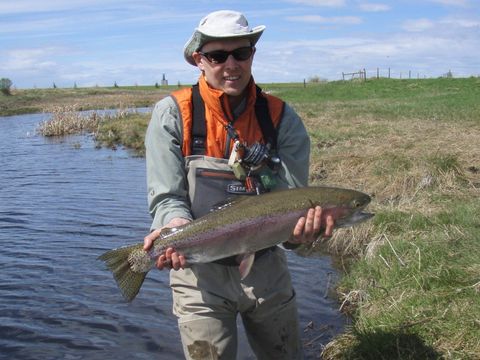
Canada
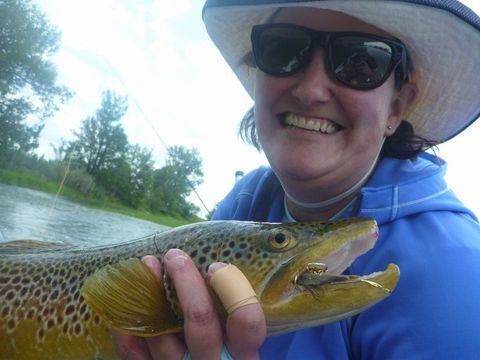
Canada
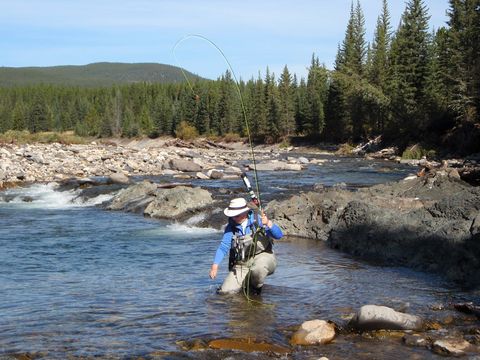
Canada
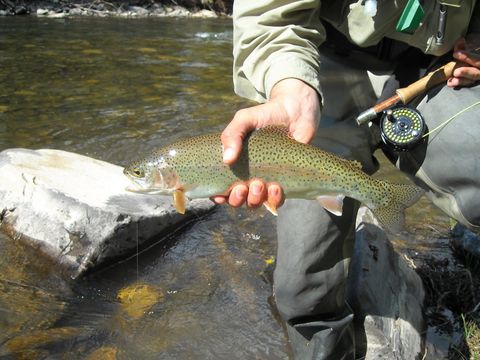
Canada



